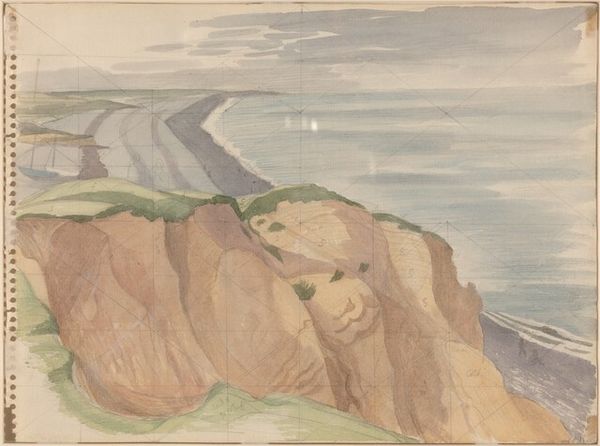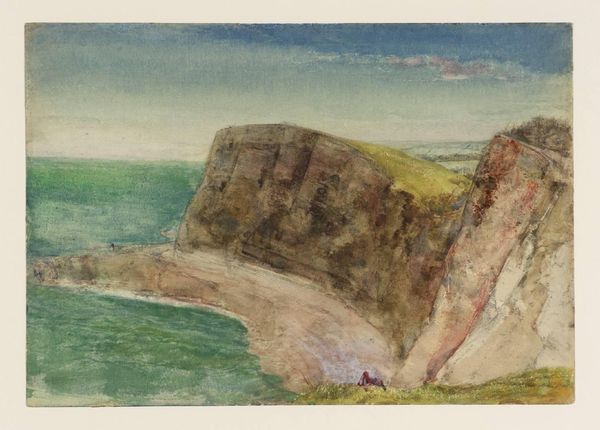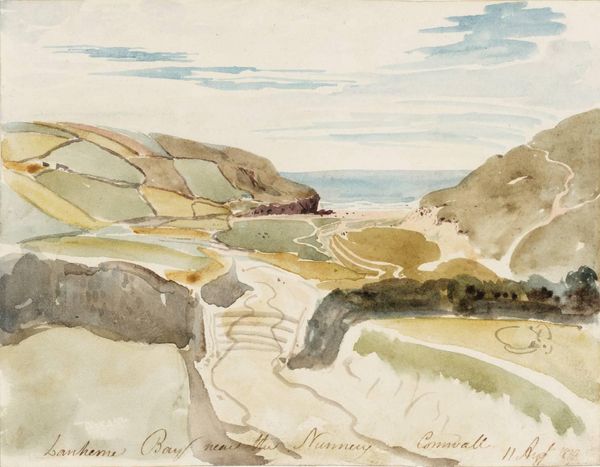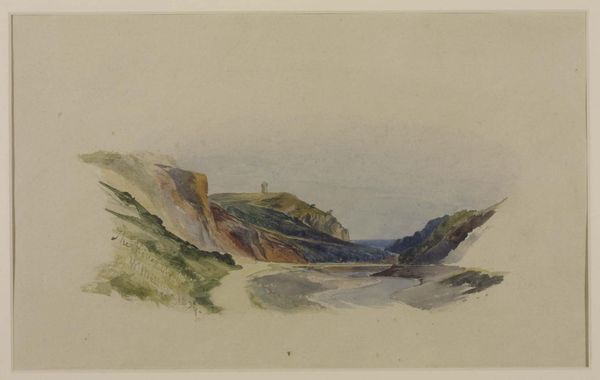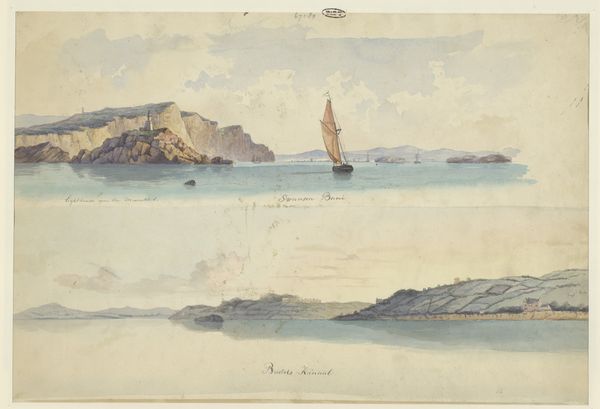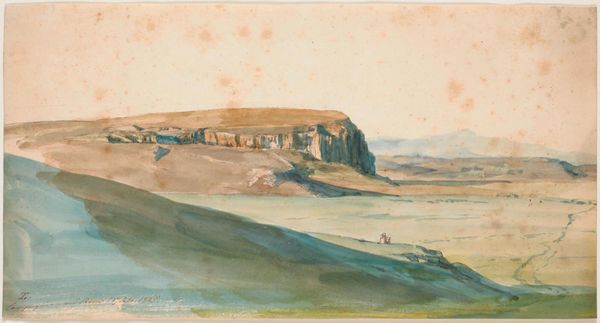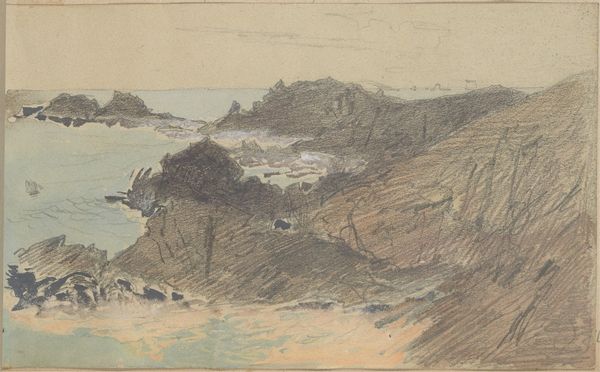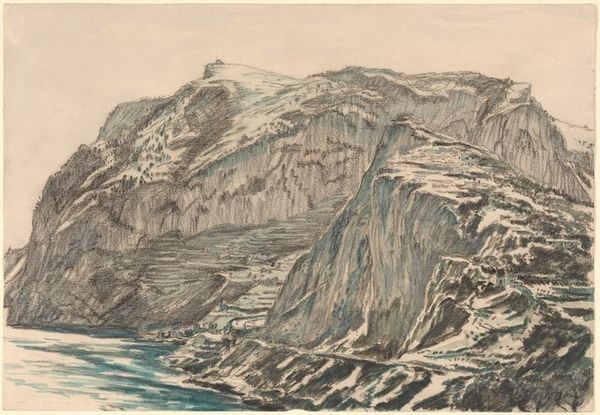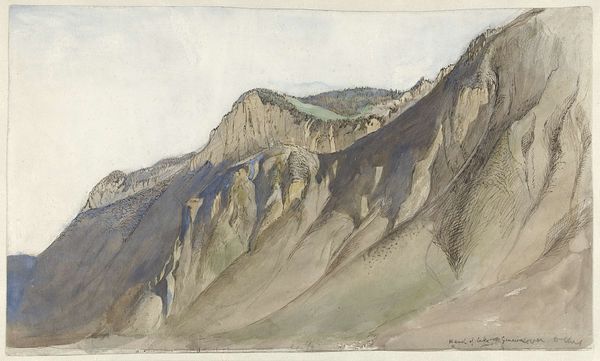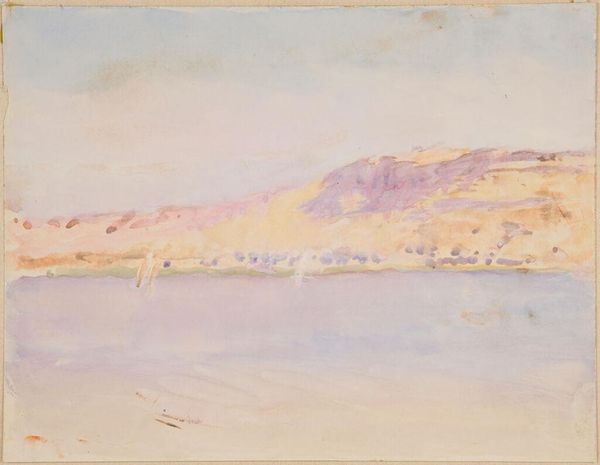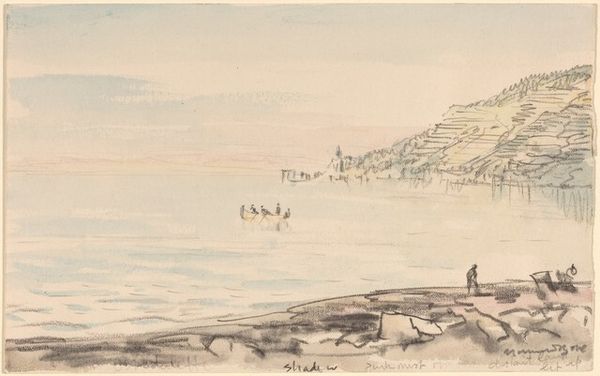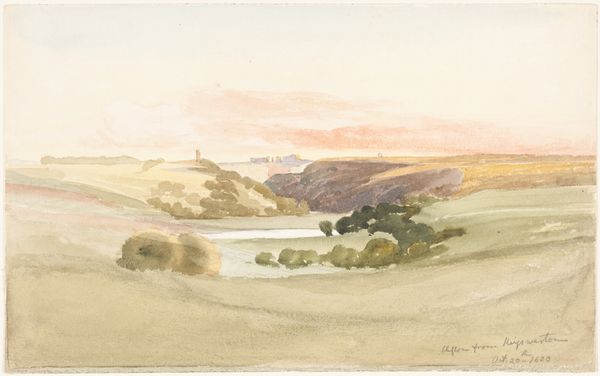![Cliff End, Weybourne [recto] by John Northcote Nash](/_next/image?url=https%3A%2F%2Fd2w8kbdekdi1gv.cloudfront.net%2FeyJidWNrZXQiOiAiYXJ0ZXJhLWltYWdlcy1idWNrZXQiLCAia2V5IjogImFydHdvcmtzLzcyNzVmNDQwLTgwMjItNGRmZi1iZjJkLWFmN2UwNjU4ZmJlOS83Mjc1ZjQ0MC04MDIyLTRkZmYtYmYyZC1hZjdlMDY1OGZiZTlfZnVsbC5qcGciLCAiZWRpdHMiOiB7InJlc2l6ZSI6IHsid2lkdGgiOiAxOTIwLCAiaGVpZ2h0IjogMTkyMCwgImZpdCI6ICJpbnNpZGUifX19&w=1920&q=75)
drawing, plein-air, watercolor
#
drawing
#
plein-air
#
landscape
#
watercolor
#
coloured pencil
#
modernism
Dimensions: overall: 22.6 x 30.4 cm (8 7/8 x 11 15/16 in.)
Copyright: National Gallery of Art: CC0 1.0
John Northcote Nash made this watercolour painting, Cliff End, Weybourne, at an unknown date. The scene depicts a quiet stretch of the English coastline. But how might we connect this tranquil image to its wider cultural context? Nash painted this landscape in a recognisably modern style. Modernism was more than just a style: it signified a changing relationship between the artist and the world. In the 19th century, artists had often been tied to the Academy, an institution that promoted a conservative style of painting. By the early 20th century, artists had more freedom than ever before. This freedom, however, came with a challenge. Modern artists had to find new ways to connect with an audience. Many, like Nash, turned to landscape painting as a way of celebrating national identity. Art historians often use archival resources like exhibition catalogues and artists' letters to understand these shifts in art and society. The meaning of a landscape painting lies not just in its beauty, but in its connection to a specific place and time.
Comments
No comments
Be the first to comment and join the conversation on the ultimate creative platform.
